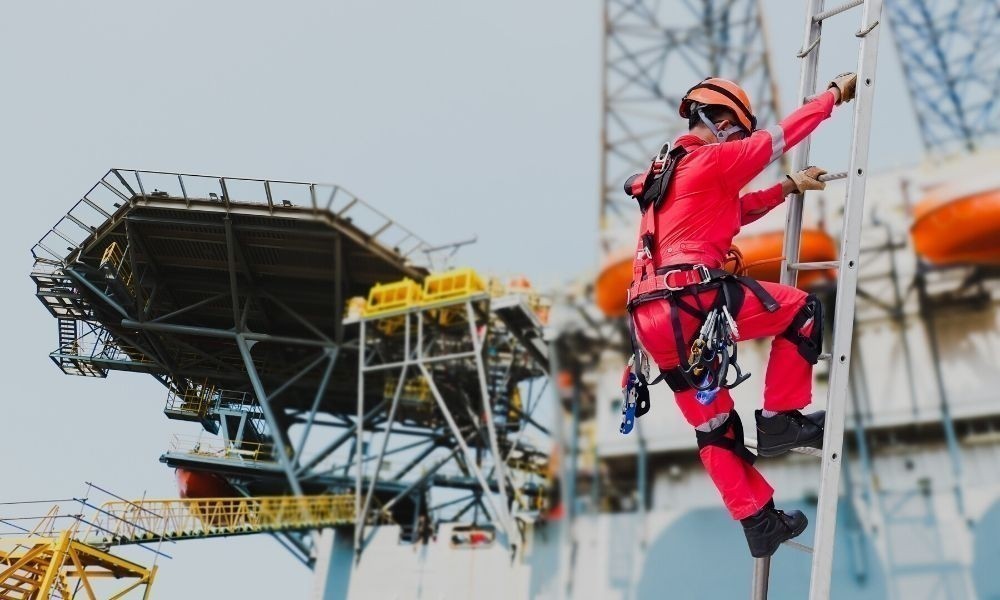Industrial Sling Safety Tips Every Rigger Should Know

A strong and quality sling is a key component to the rest of the rigging process. Without it, there’s nothing to cradle a load as it’s being lifted and provide the proper amount of support for its weight. But because the sling is so vital to rigging, it’s imperative that each rigger take the time to understand how to use this tool safely and most effectively. Otherwise, you could experience a tragic malfunction that could’ve easily been avoided. These are some industrial sling safety tips that every rigger should know in order to keep themselves, and their team, as protected as possible.
Choose the Right Type of Sling
Slings come in a variety of shapes, sizes, and materials in order to best accommodate specific types of loads. But, because of this, there is no one-size-fits-all model that can be used interchangeably. Using the wrong type of sling during a lift can keep the load from resting properly and maintaining balance—which can lead to the material breaking. As such, it’s important that you know the limits of different sling products to pick the best one for a specific job. Some sling materials to be aware of include wire rope, metal mesh, synthetic rope, and chain.
Always Inspect Your Sling Before Use
Like tower harnesses, vertical lifelines, or any other piece of equipment, you need to inspect any and all slings you’re going to use before you begin the rigging process. Failure to do this can cause you to overlook damage that puts you at risk while the heavy load is in motion. However, it isn’t just enough that you inspect your sling—you also need to be sure to do so thoroughly. A brief glance before you set it up doesn’t allow you the chance to notice potentially severe damage. So, to ensure your sling is safe for use, make sure that you carefully examine it for any nicks, cuts, burns, and weak spots.
Know the Correlation Between Angle and Tension
Another important industrial sling safety tip every rigger should know is that proper alignment is what keeps the sling secure. If the load isn’t balanced in the sling, it can fall out significantly easier than expected and cause a lot of damage. As a general rule, the lower the angle the load rests at, the more tension there is between it and the sling. With an increased amount of tension, the load naturally becomes more stable and more difficult to dislodge from its position. It’s for this reason that all loads should be level and equally distributed throughout the sling before moved.
